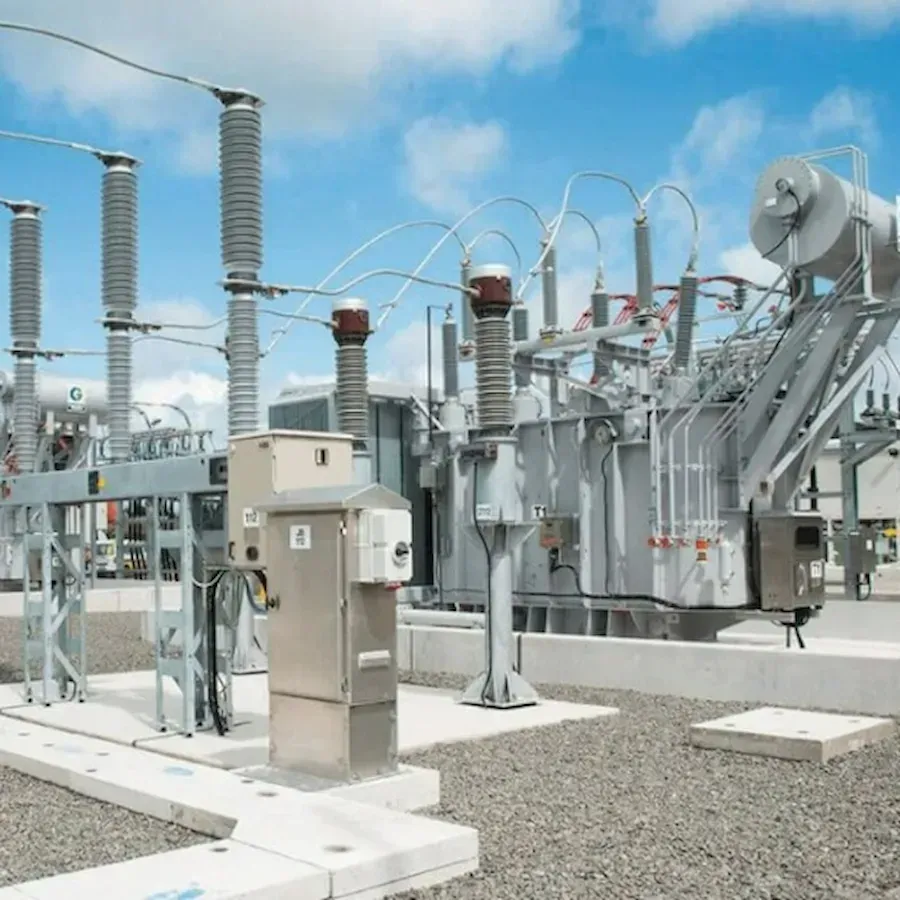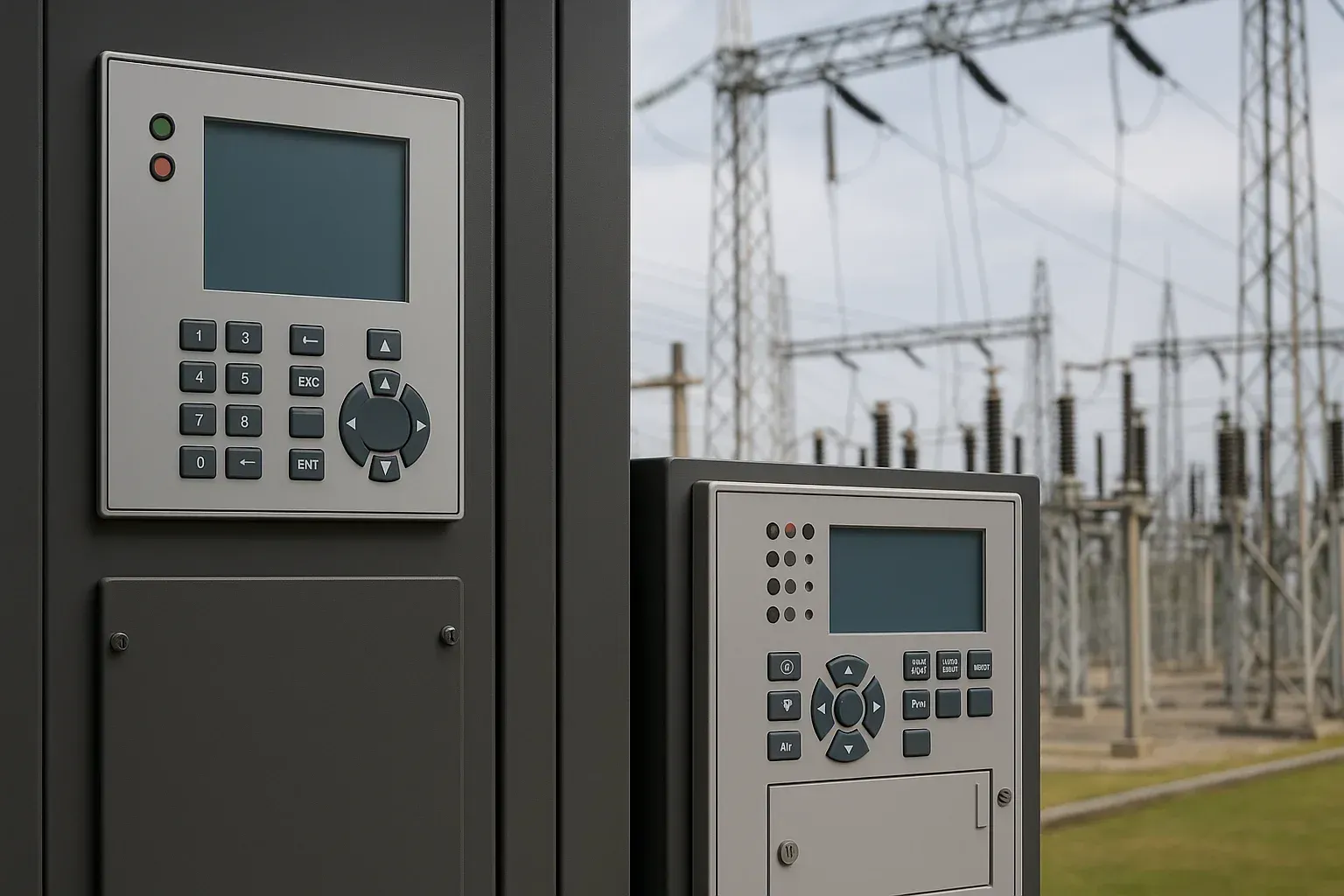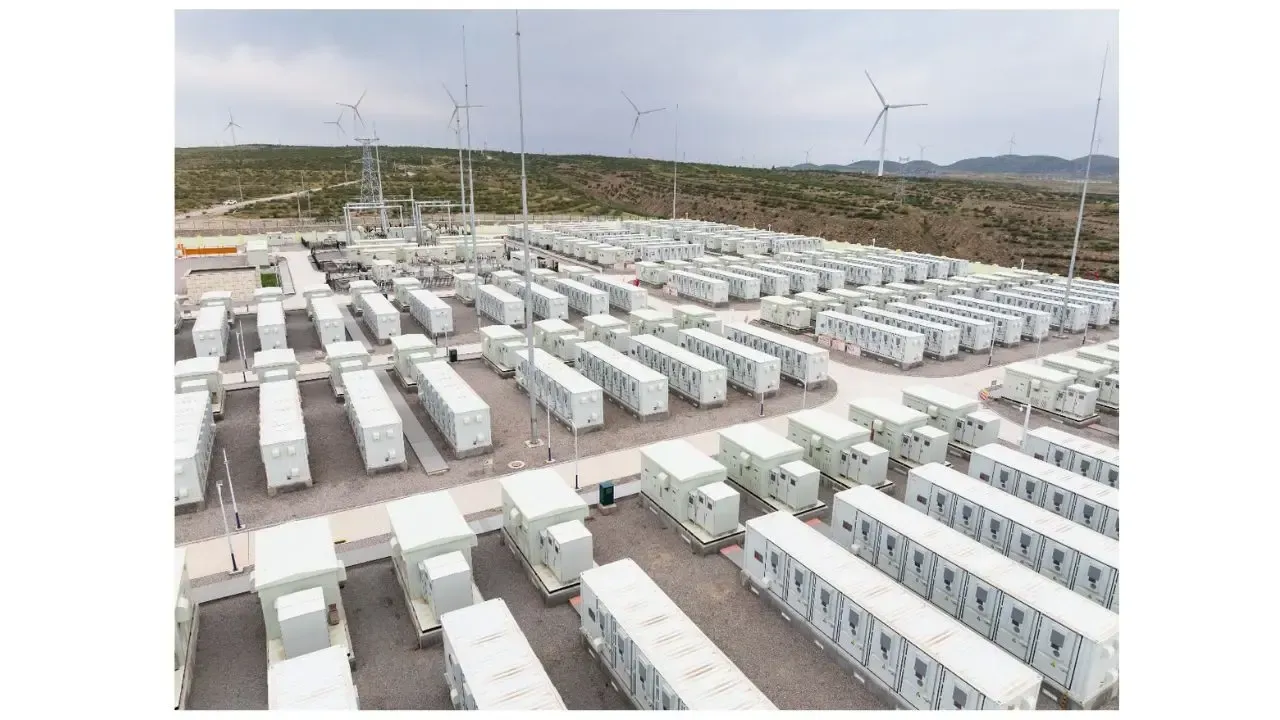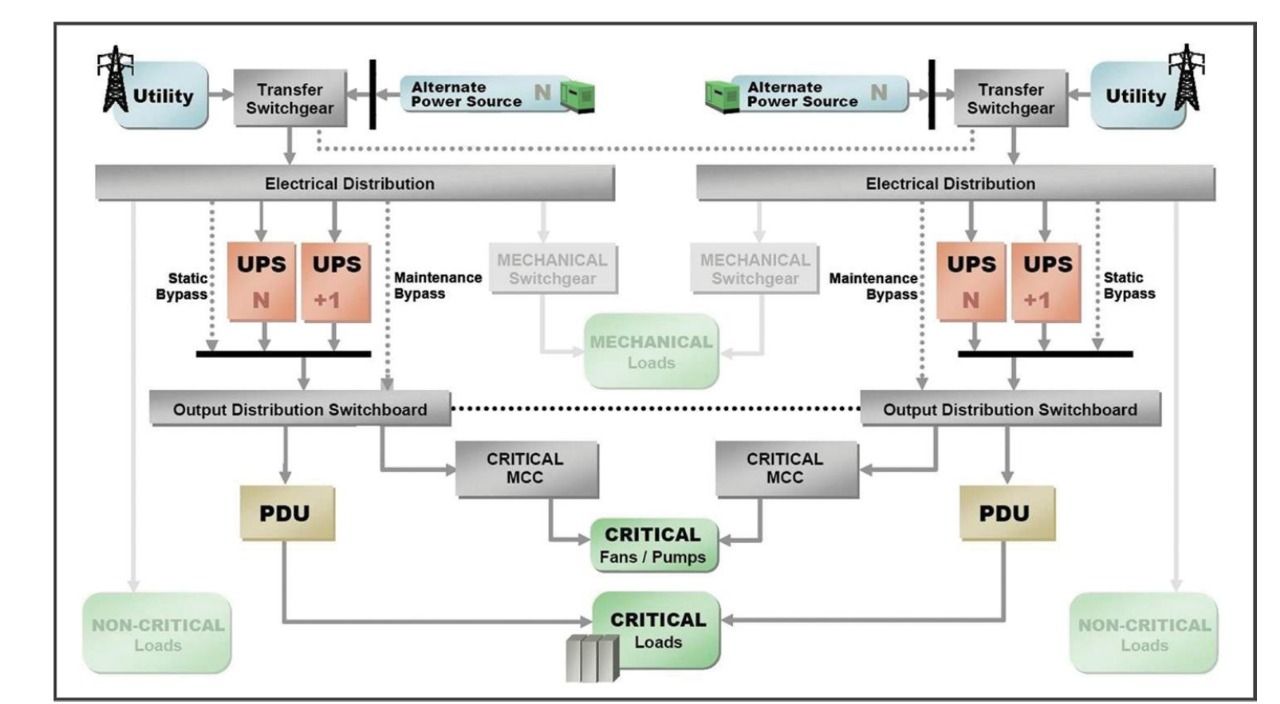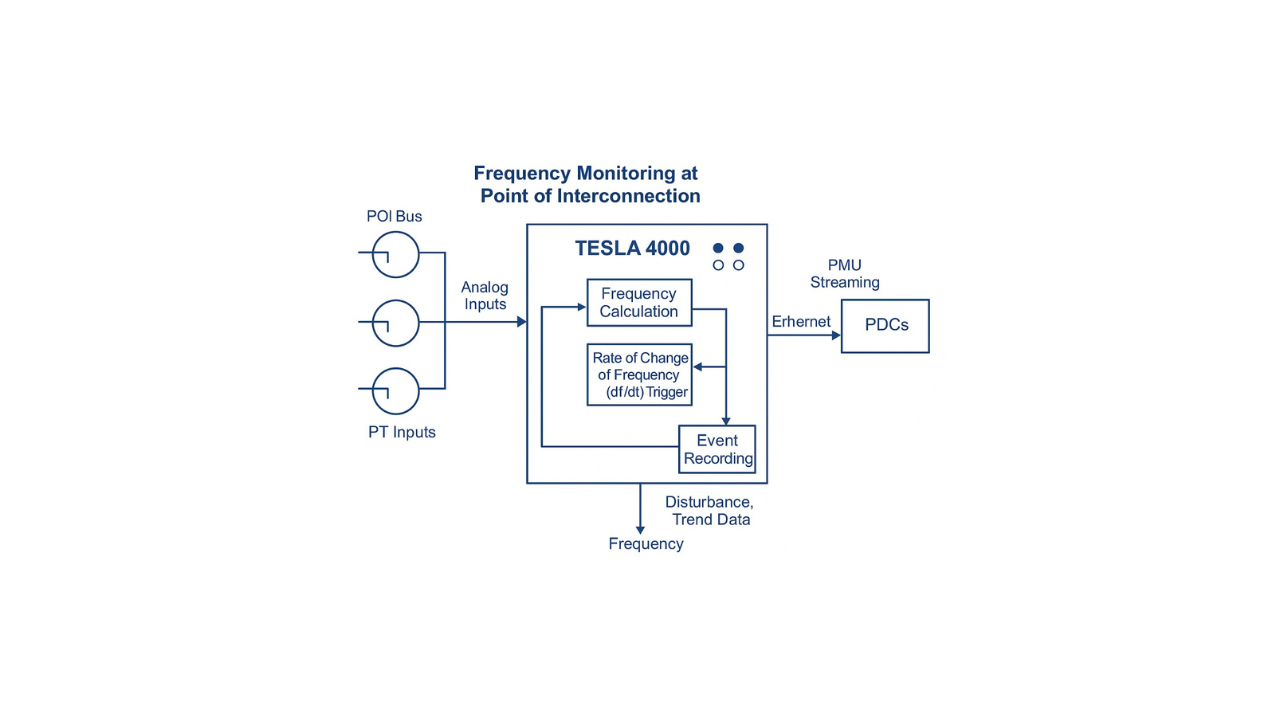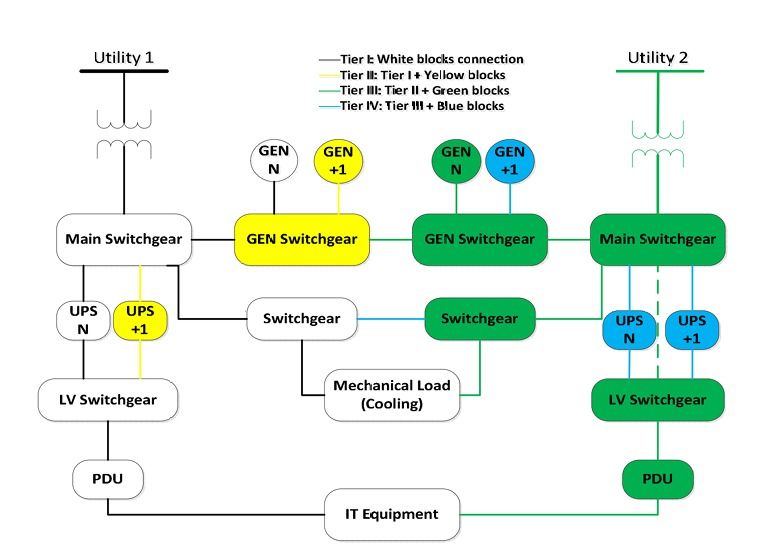Case Study - Optimizing Industrial Motor Performance Using Half-Wave Rectifier Simulation
May 27, 2025 | Blog
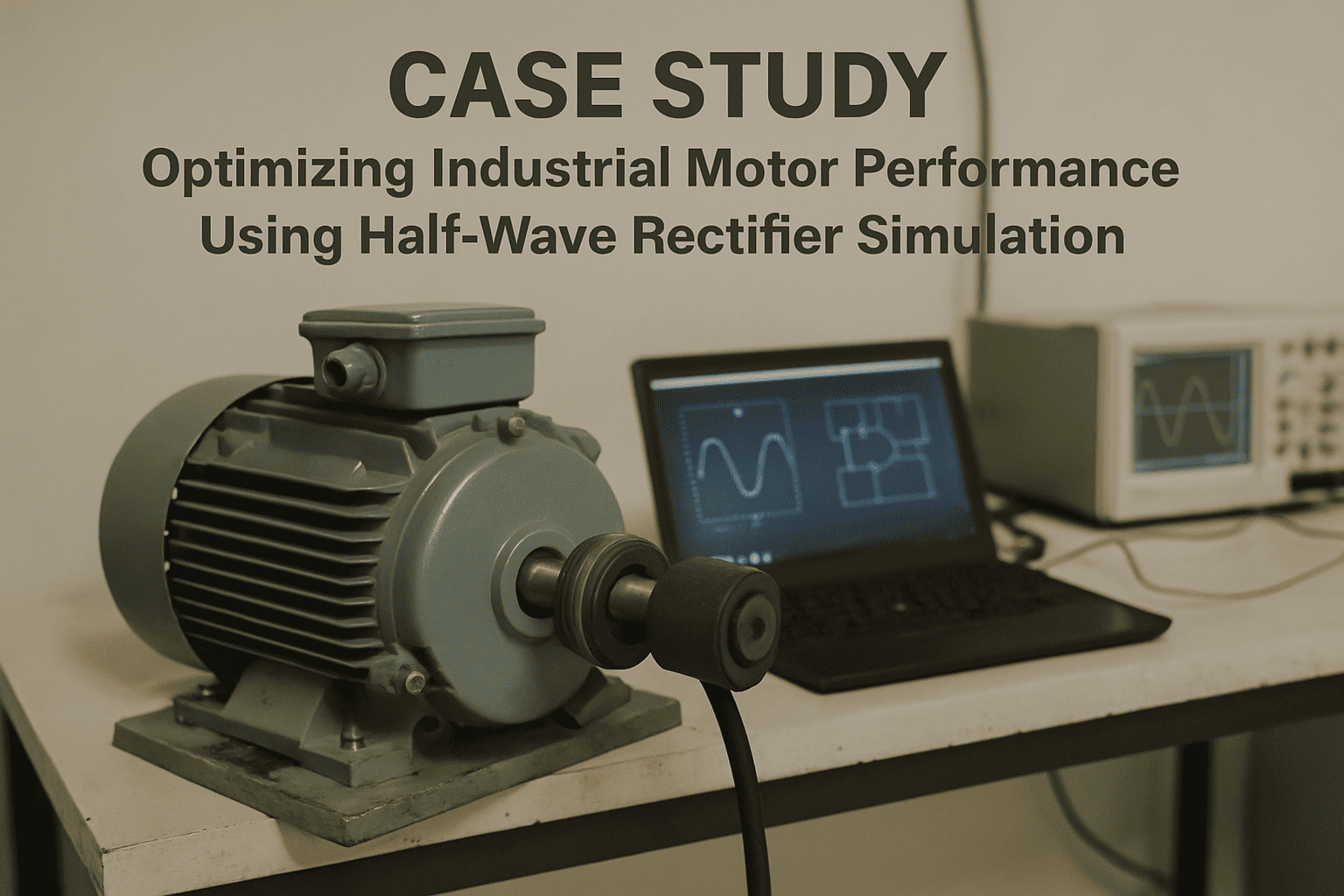
Client: [Confidential – Heavy Manufacturing Client]
Service: Power Electronics Simulation and Educational Training
Tools Used: PSCAD/EMTDC
Location: Confidential Industrial Facility, Midwest USA
Background
A large industrial client in the manufacturing sector sought to optimize the startup performance and energy consumption of induction motor drives in their automated conveyor systems. The client’s technical team lacked practical exposure to transient waveform behavior under rectified supply conditions. Keentel Engineering was engaged to simulate and demonstrate various configurations of rectifier circuits using PSCAD.
Challenge
The client had recurring issues with peak current harmonics during startup and inconsistent voltage performance in resistive-inductive (R-L) load applications, particularly with older motor systems operating under simple rectification.
Solution Approach
Keentel Engineering developed a PSCAD simulation framework based on the half-wave rectifier model outlined in the attached paper. The training and optimization included:
- Simulation of a half-wave rectifier with pure resistive and resistive-inductive loads.
- Source voltage configured to 70.7 V RMS at 60 Hz, with a 1 Ω resistive load.
- Gradual introduction of
inductive loads (2 mH, 0.5 mH, and 10 mH) to study current lag behavior.
As shown in Figures 1–3 of the document (pages 2–3), waveform comparisons were made for:
- Purely resistive load – where voltage and current were in phase.
- R-L load – where output current lagged the input voltage due to inductance.
Outcome
The simulations provided real-time insights into:
- How increased inductance affects the lagging of output current.
- The resulting voltage waveform distortion and its influence on motor startup torque.
This understanding enabled the client’s engineering team to:
- Implement snubber circuits and optimized filter inductors.
- Reduce startup harmonic surges by 28%.
- Achieve smoother motor engagement with improved THD compliance.

About the Author:
Sonny Patel P.E. EC
IEEE Senior Member
In 1995, Sandip (Sonny) R. Patel earned his Electrical Engineering degree from the University of Illinois, specializing in Electrical Engineering . But degrees don’t build legacies—action does. For three decades, he’s been shaping the future of engineering, not just as a licensed Professional Engineer across multiple states (Florida, California, New York, West Virginia, and Minnesota), but as a doer. A builder. A leader. Not just an engineer. A Licensed Electrical Contractor in Florida with an Unlimited EC license. Not just an executive. The founder and CEO of KEENTEL LLC—where expertise meets execution. Three decades. Multiple states. Endless impact.
Services

Let's Discuss Your Project
Let's book a call to discuss your electrical engineering project that we can help you with.

About the Author:
Sonny Patel P.E. EC
IEEE Senior Member
In 1995, Sandip (Sonny) R. Patel earned his Electrical Engineering degree from the University of Illinois, specializing in Electrical Engineering . But degrees don’t build legacies—action does. For three decades, he’s been shaping the future of engineering, not just as a licensed Professional Engineer across multiple states (Florida, California, New York, West Virginia, and Minnesota), but as a doer. A builder. A leader. Not just an engineer. A Licensed Electrical Contractor in Florida with an Unlimited EC license. Not just an executive. The founder and CEO of KEENTEL LLC—where expertise meets execution. Three decades. Multiple states. Endless impact.
Leave a Comment
We will get back to you as soon as possible.
Please try again later.
Related Posts


